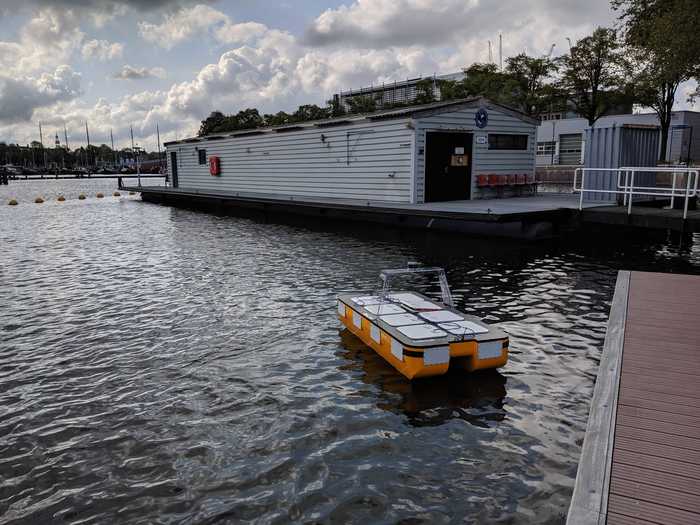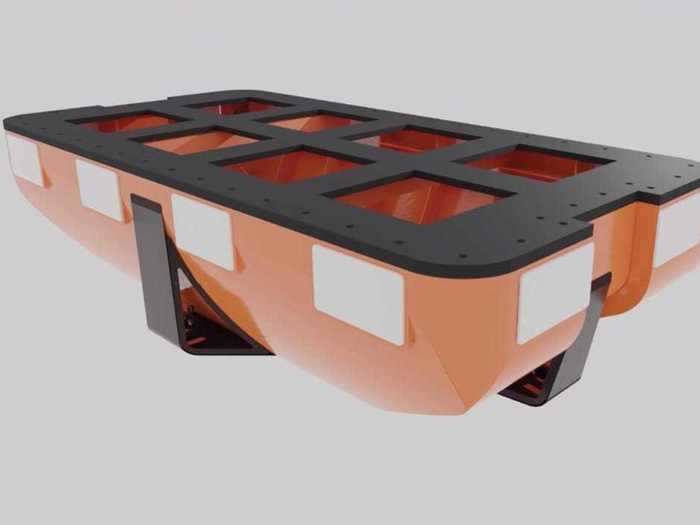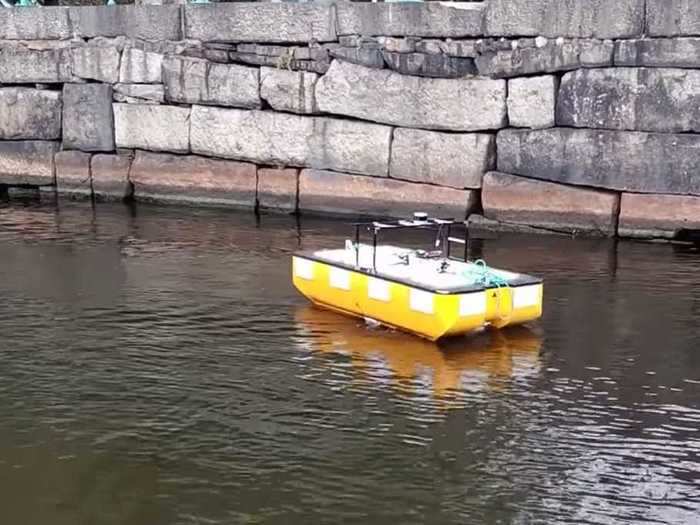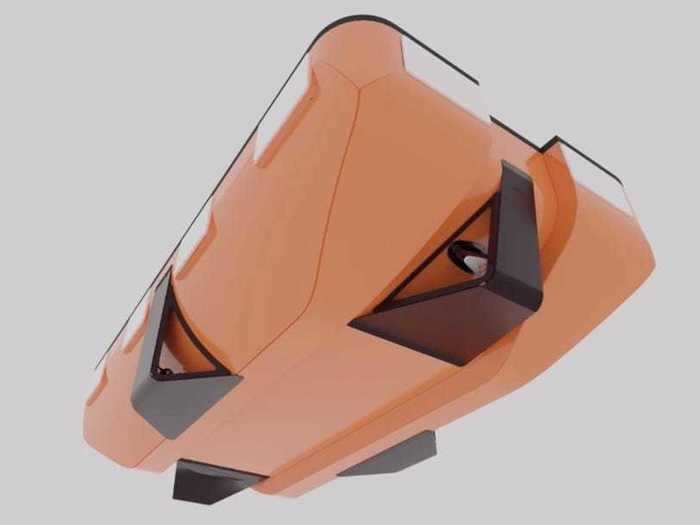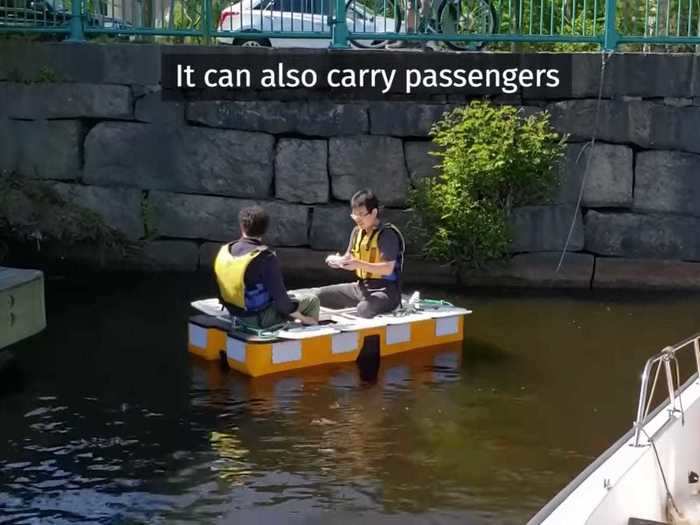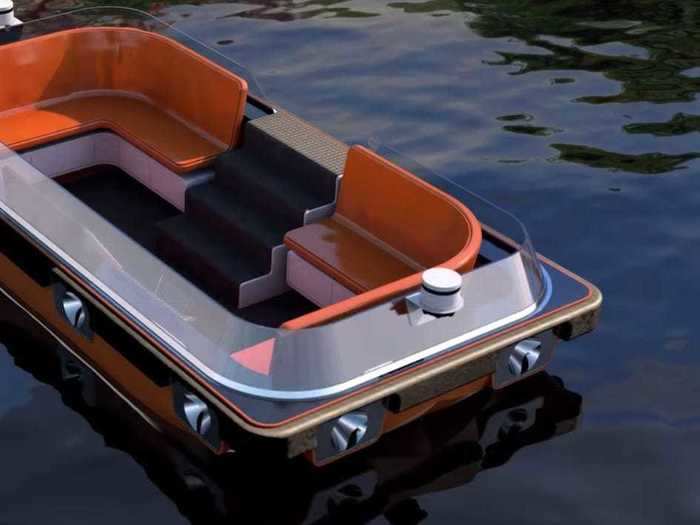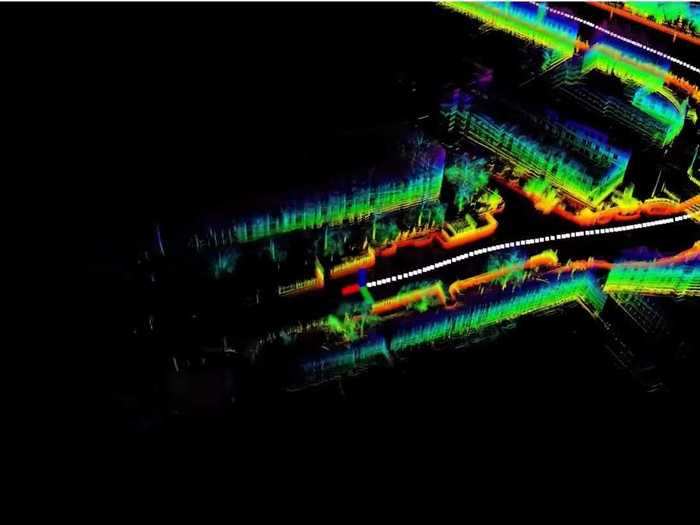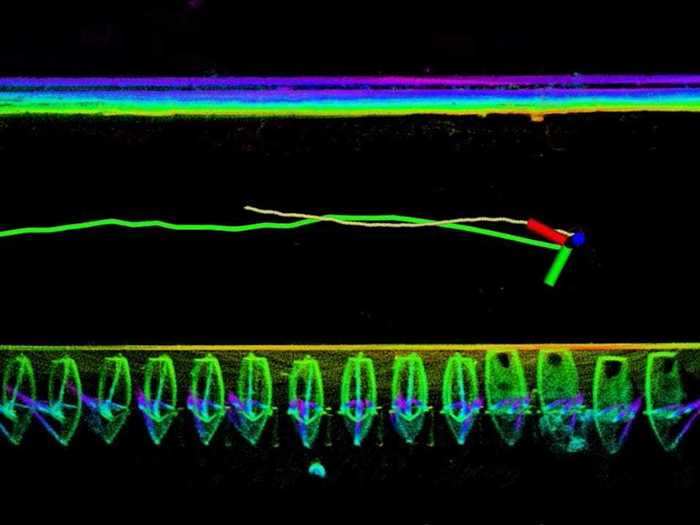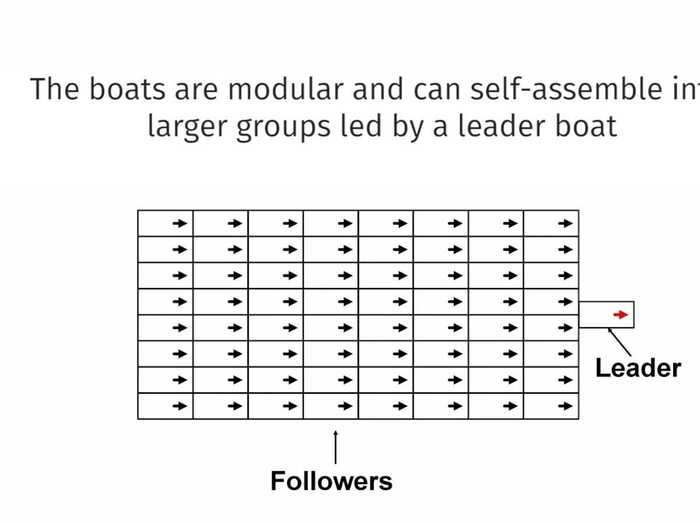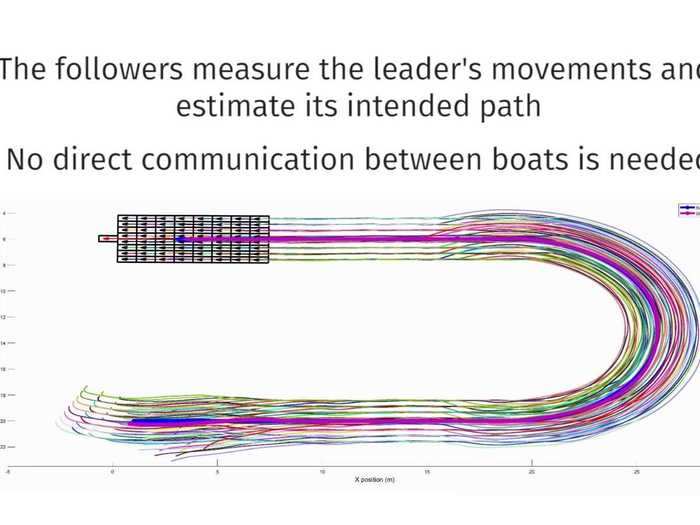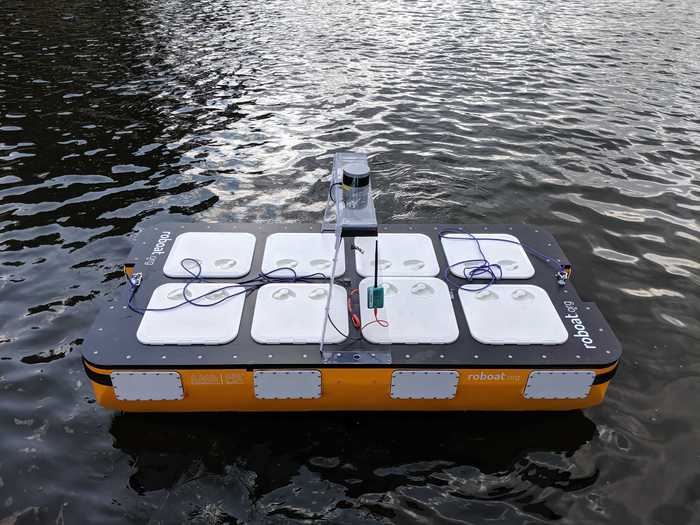Roboat.MIT CSAIL.
- MIT engineers spent five years developing self-driving boats.
- The new Roboat II is large enough to transport people.
- It can also navigate its way through canals autonomously using the same technology as self-driving cars.
Self-driving cars get most of the attention, but engineers at MIT have been quietly working on an autonomous boat for the last five years, and it just got a big upgrade.
MIT's Computer Science and Artificial Intelligence Laboratory (CSAIL) teamed up with the Senseable City Lab to create a self-driving boat able to navigate the canals of Amsterdam. Now, the Roboat II is large enough to hold passengers for the first time. Advances in navigation and control algorithms have also made the Roboats capable of connecting and communicating with each other to form coordinated fleets.
From MIT's pools to the Charles River in Cambridge and Boston, the Roboat II has graduated to canals in Amsterdam. Take a look here.
"Roboat II navigates autonomously using algorithms similar to those used by self-driving cars, but now adapted for water," CSAIL director Daniela Rus said in a statement.
Roboat.
MIT CSAIL.
It has four propellors for movement in any direction.
Roboat.
MIT CSAIL
Roboat II has LiDar, GPS, and inertial sensors.
Roboat.
MIT CSAIL
Self-driving boats have moved goods for years, but transporting passengers has been a much bigger challenge.
Roboat.
MIT CSAIL
Roboat II is six feet long, so the creators say it is even "COVID-friendly" to carry two passengers.
Roboat.
MIT CSAIL
Roboat III is under construction in Amsterdam. It will be about 13 feet long and carry four to six passengers.
Roboat.
MIT CSAIL
Most impressive, the Roboat II can navigate complex waterways like Amsterdam canals.
Roboat.
MIT CSAIL
In a test journey, the Roboat II navigated the canals for three hours, collected data, and returned only seven inches from its starting point.
Roboat.
MIT CSAIL
The team also figured out ways to have the boats work as a cohesive fleet, following the lead of one designated boat.
Roboat.
MIT CSAIL
"Cooperative transport, using a team of water vehicles, poses unique challenges not encountered in aerial or ground vehicles. For example, inertia and load of the vehicles become more significant factors that make the system harder to control" MIT professor Carlo Ratti said.
Roboat.
MIT CSAIL
Now that the Roboats can assemble themselves into fleets, they can be developed for uses like collecting waste, making deliveries, and transporting people.
Roboat.
MIT CSAIL.

